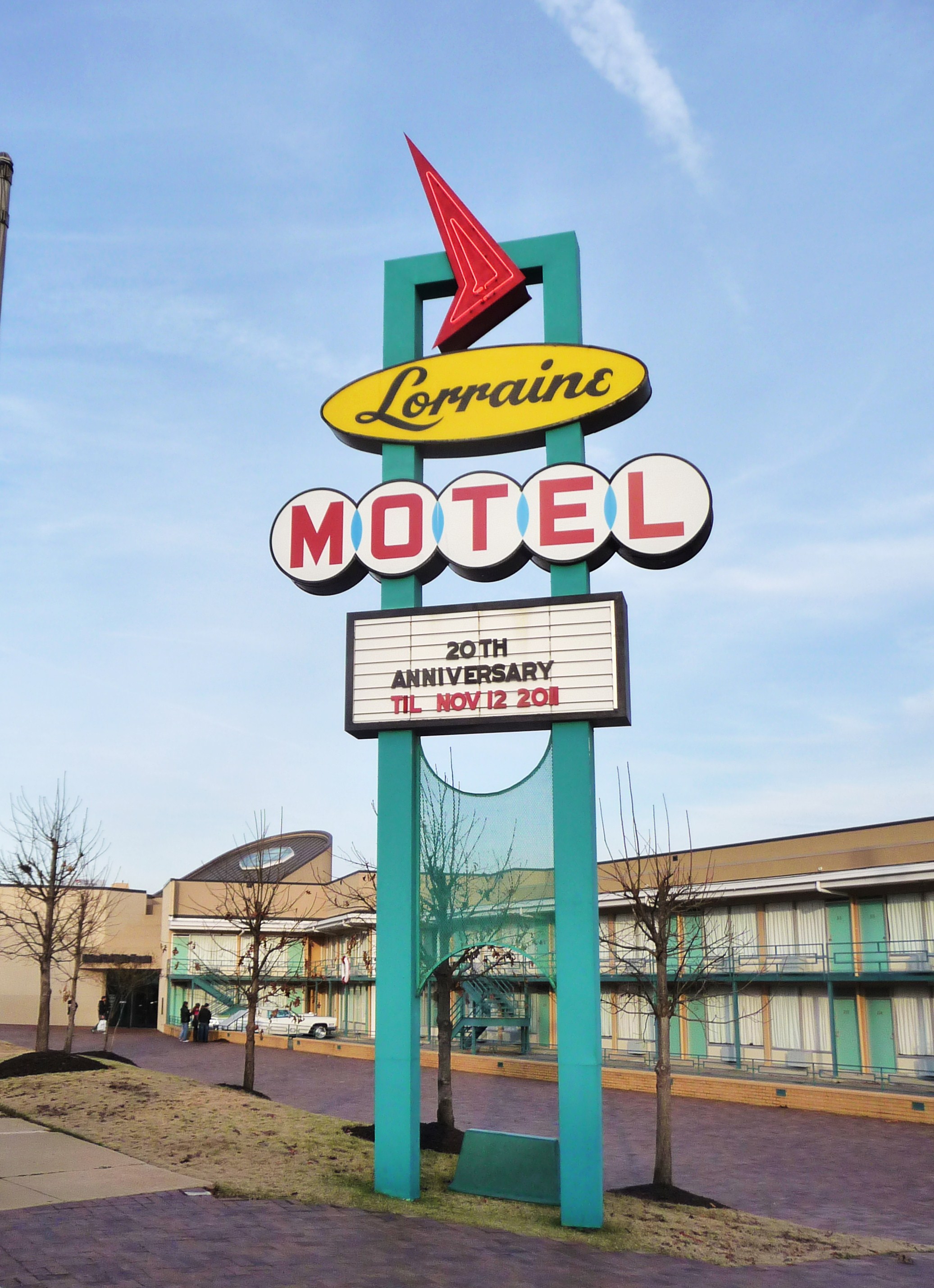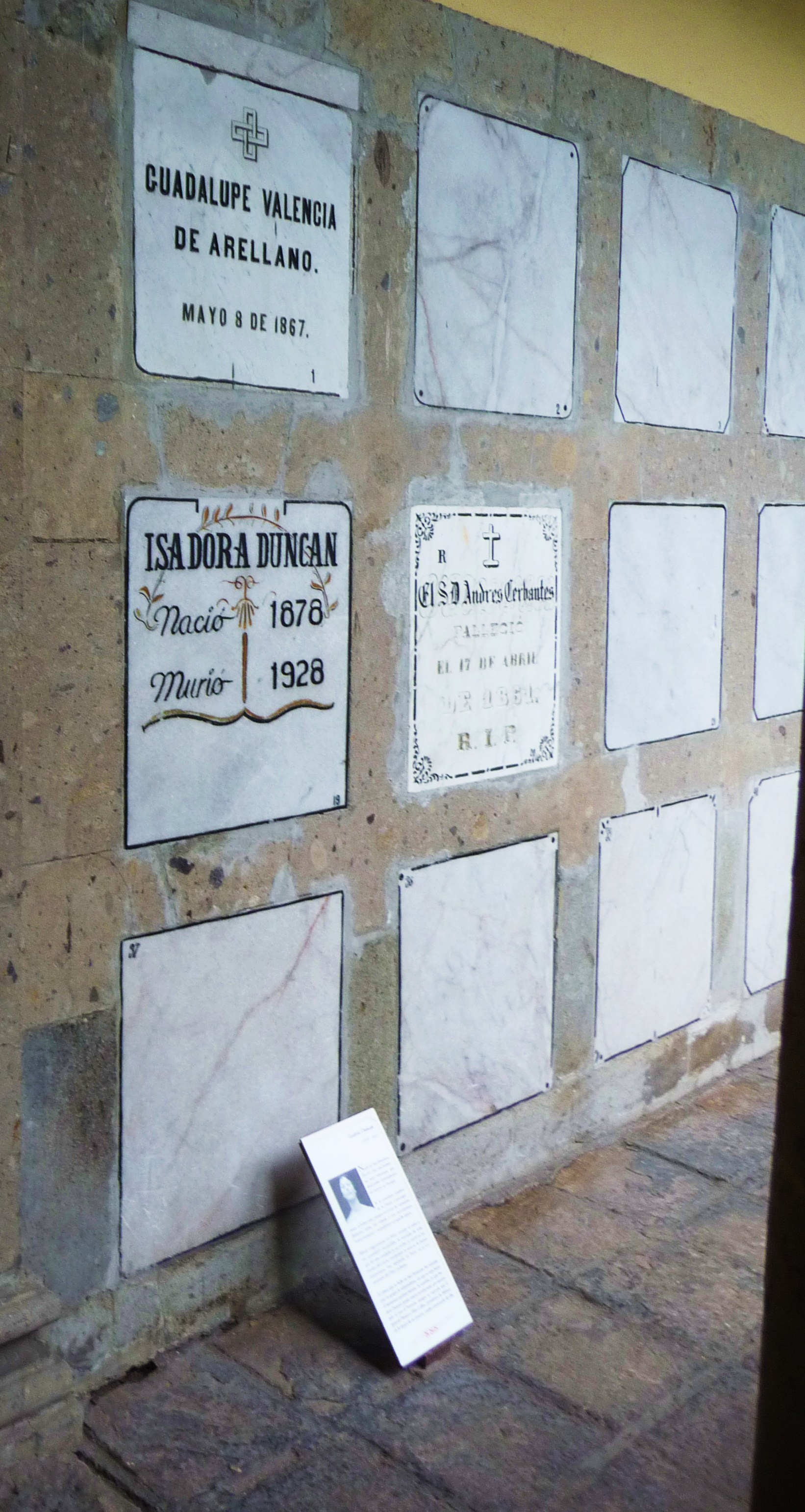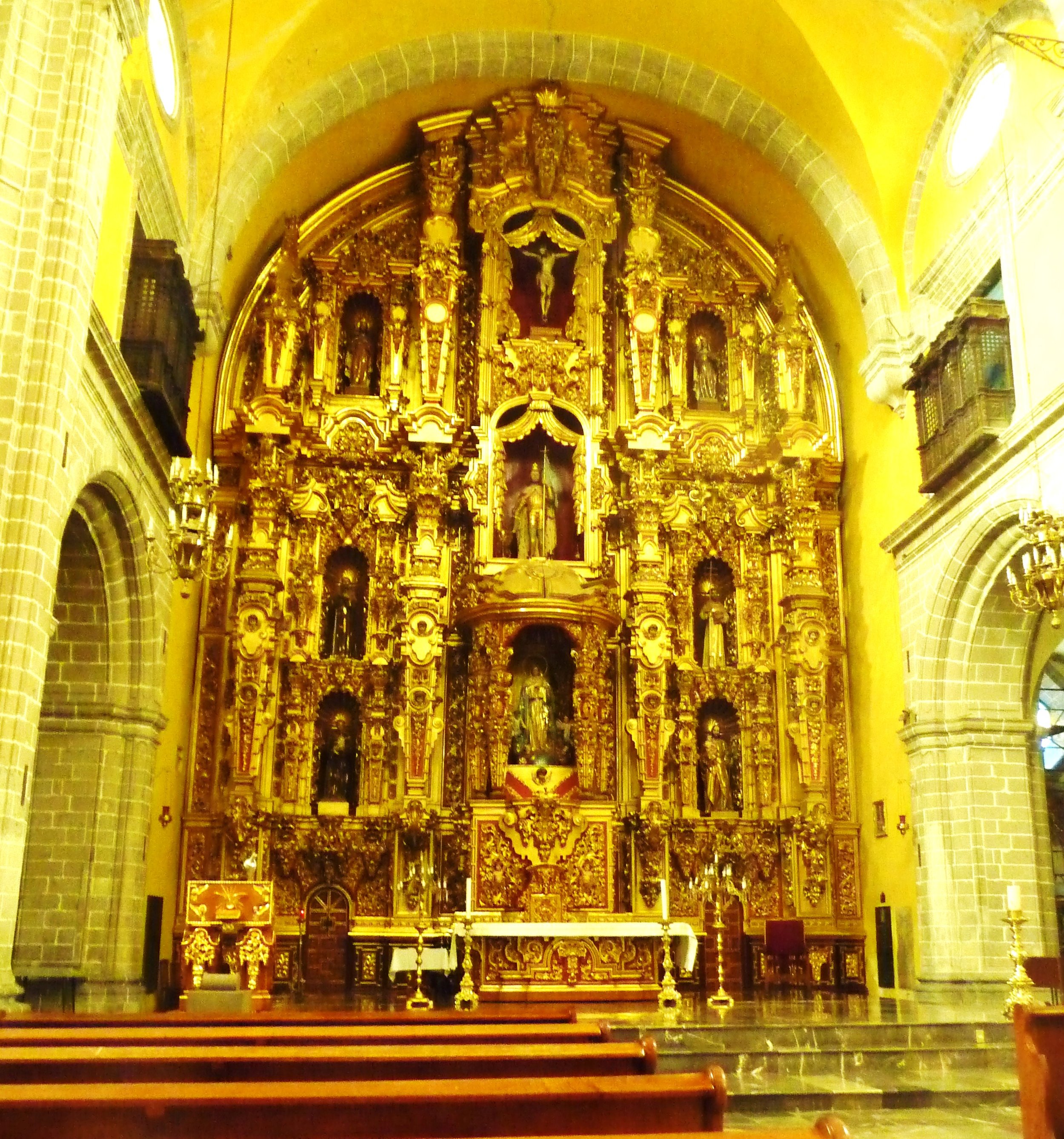 Who has the more impressive belly? The sculpted chef or the hovering waiter?
Who has the more impressive belly? The sculpted chef or the hovering waiter?
Mexico City
Scribes, silent and vocal
 Three reporters were killed in Mexico last year, putting it at number four on the list of the Committee to Protect Journalists' deadliest places to exercise the profession, after Pakistan, Iraq and Libya. Since CPJ began to compile the data in 1992, twenty-seven Mexican reporters have been murdered.
Three reporters were killed in Mexico last year, putting it at number four on the list of the Committee to Protect Journalists' deadliest places to exercise the profession, after Pakistan, Iraq and Libya. Since CPJ began to compile the data in 1992, twenty-seven Mexican reporters have been murdered.
While this might not seem like a huge number -- especially when compared to the 50,000 citizens who have been killed since Felipe Calderón was elected president in 2006 -- they have a special significance. Their murders have effectively silenced many other Mexican reporters, particularly in cities along the border and in interior states such as Michoacán, where reporting about drug trafficking -- and the police, soldiers and politicians who may be involved in it -- can cost you your life.
Yesterday, Sunday the 29th, PEN International summoned forty writers from North America -- Mexico, Canada and the United States -- to a media event at the Casa Lamm here in Mexico City, in which the organization denounced the murders and the Mexican government's woefully inadequate response. Each writer stood up and gave a brief speech, announcing his or her grief, disdain or rage. Let's hope their voices will be heard.
The world is a wedding
 On a balmy night not long ago I was walking down Calle Durango and heard a woman scream. I turned and saw a slender young thing in a pink dress, a plastic cup of something in hand, inside this bus celebrating with her friends. She did not seem particularly happy about me taking her picture, but I did get a couple of shots of the vehicle, which was marked "Boda Bus." For the Spanish impaired, boda means wedding.
On a balmy night not long ago I was walking down Calle Durango and heard a woman scream. I turned and saw a slender young thing in a pink dress, a plastic cup of something in hand, inside this bus celebrating with her friends. She did not seem particularly happy about me taking her picture, but I did get a couple of shots of the vehicle, which was marked "Boda Bus." For the Spanish impaired, boda means wedding.

If you go to the Boda Bus web site, you will find out that the business was started by a couple of guys who were one day part of a wedding party, to which they arrived late -- an incident they vowed would never happen again. They offer various services, including bachelor(ette) parties, one of which I believe I witnessed that night. They also offer tours of the city, trips to soccer games, and transportation to actual weddings. You could probably negotiate to get hitched on the bus itself. Let's just say it's a novel idea in a city with a perennial traffic problem.
MLK
 I know that readers of this blog expect posts about Mexico City, however once in a while my attention takes me elsewhere. Recently my mitigation work took me to Memphis, Tennessee, a city I'd never visited before. I had a day off in which to explore downtown, and one of my stops was the Lorraine Motel, pictured above, where Martin Luther King was murdered. It is no longer functioning as a motel and now houses the National Museum of Civil Rights.
I know that readers of this blog expect posts about Mexico City, however once in a while my attention takes me elsewhere. Recently my mitigation work took me to Memphis, Tennessee, a city I'd never visited before. I had a day off in which to explore downtown, and one of my stops was the Lorraine Motel, pictured above, where Martin Luther King was murdered. It is no longer functioning as a motel and now houses the National Museum of Civil Rights.
When I got to this corner I burst into tears. It's complicated. My mother went to college in Memphis, and shared the same birthday as Martin Luther King -- today, January 15 -- and so in my mind they are inextricably linked. I am not sure whether I cried for her, for him, for both, or for an idea: that today in the United States the concept of civil rights is so divorced from everyday reality -- has been so effectively robbed from its citizens -- that its only place is in a museum.
In any case, I wanted to honor the memory of Dr. King on his day.
People were dying to get in here
 Discreetly tucked away in the corner of a plaza in the rough-and-tumble Colonia Guerrero is a tiny cemetery known as the Panteón de San Fernando. Nearly everyone who is buried here died in the 19th century -- including Benito Juárez (1806 - 1872). Mexico's liberal reformer, he was the man who put into law the separation of church and state here and, in U.S. history books, is often compared to Abraham Lincoln. Both he and his señora, Margarita Maza, are buried in this tomb.
Discreetly tucked away in the corner of a plaza in the rough-and-tumble Colonia Guerrero is a tiny cemetery known as the Panteón de San Fernando. Nearly everyone who is buried here died in the 19th century -- including Benito Juárez (1806 - 1872). Mexico's liberal reformer, he was the man who put into law the separation of church and state here and, in U.S. history books, is often compared to Abraham Lincoln. Both he and his señora, Margarita Maza, are buried in this tomb.


Other illustrious but less well-known Mexicans are buried here also, with similarly notable sculpture.

In Mexico City, space seems to have been at a premium even that far back. Many at San Fernando are buried in these compartment crypts along the walls.

This inscription brought a tear to my eye. If you don't read Spanish, it says, "Here sleeps Miguel Badillo Bernardi, my beloved son. Speak softly -- don't wake him up. March 19, 1866."

Isadora Duncan was buried here ... NOT. Some of her Mexican admirers paid for her to have an honorary crypt in San Fernando.

The graveyard is around the corner from the San Fernando Church, a Franciscan temple with an exquisite altar begun in the 1730s.

Perhaps because of the area's dodgy reputation, there are never many people here, making it convenient for people like this gentleman taking his siesta. It is located at Plaza San Fernando #17, between Calle Heroes and Calle Guerrero, in the Colonia Guerrero. Tours are given every two weeks. Information: 5518 4736.